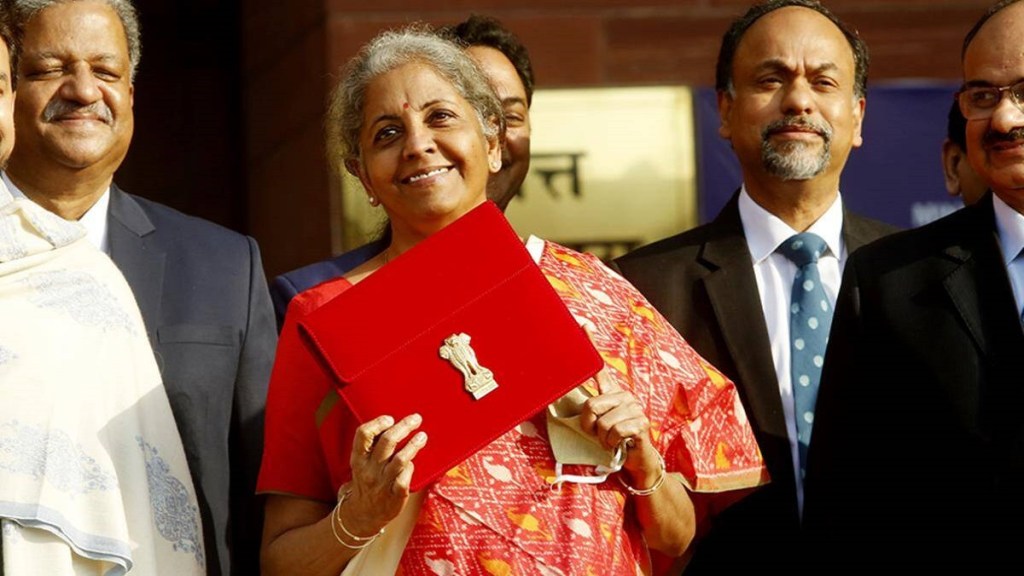By Saugata Gupta
The Union Budget continues the policy direction set by last year’s Budget. It takes the realities of a post-pandemic landscape into account, whilst bolstering the economy by creating a growth blueprint over the Amrit Kal of next 25 years. In addition to kickstarting the economy after two years of Covid-induced limbo, it also addresses some of the lingering doubts about India’s readiness and economic resilience in the face of future outbreaks. The strengthening of the healthcare infrastructure and the implementation of speedy vaccination and booster programs on a nationwide scale are all indicative of this commitment.
The previous year’s Budget focused on foundational measures towards a consumer-driven economy while keeping a keen eye on post-Covid recovery. This year’s Budget has built on that by providing stability in tax regime, focusing on employment generation, farmer welfare, infrastructure development, digital, and technology. Fiscal deficit target set at 6.4% for FY23 makes it evident that the government has rightly prioritised public investment, capital spending and growth acceleration.
Also Read | Union Budget 2022: Tech push for agri sector
The initiatives announced under the PM Gati Shakti scheme have renewed the focus on public investment to modernise infrastructure. The strengthening of roads, railways, airports, ports, mass transport, waterways and logistics infrastructure will help facilitate faster movement of people and goods across India by improving the connectivity and create a significant number of jobs for the youth in the country, thereby putting the country’s economy at the forefront.
The MSME segment has been hit the hardest by the prolonged pandemic. The extension of ECLGS until March 2023 will also provide improved access to capital for MSMEs, while the revamping of the CGTSME initiative will be an added incentive for banks to extend lending to smaller businesses.
Provisions have been made to provide Rs 2.37 lakh crore worth of MSP direct payments to 163 lakh farmers to procure wheat and paddy. Comprehensive packages and co-investment models have also been outlined to promote chemical-free farming, agritech innovation, and digitisation of agricultural processes. Contracts are being granted for laying optical fibre in villages to be awarded under the BharatNet project under PPP in 2022-23, with the expected completion by 2025. These measures will help in driving renewed growth in the agriculture sector while also providing a big boost to rural markets and consumers.
The Union Budget outlines several concrete steps to boost the growing consumer appetite and provide a robust structure to empower a consumer-led economy. The capital expenditure allocation to develop and modernise infrastructure, for instance, will incentivise businesses in the manufacturing sector to rebuild and digitise their supply chains with automation, AI and analytics.
Given that ‘inclusive development’ and ‘financing of investments’ are two of the seven pillars of the Union Budget, provisions have also been made to increase the disposable capital available for both businesses and individuals through faster financial inclusion and expanding the credit ecosystem. Along with this, the Budget also builds on the government’s focus towards fostering an easy environment for business in India, through the adoption of ‘One Nation, One Registration’, which will be established for anywhere registration to facilitate overall ease of living and conducting business.
Ultimately, the goal is to bolster consumption sentiment across the country through an array of opportunities for future entrepreneurs, current market incumbents, and consumers through well-thought out mechanisms. The Atmanirbhar Bharat vision is the common factor in the various policies, which support the long-standing motive of consumer empowerment and improving domestic manufacturing and consumption.
This Budget, if implemented correctly, can lead to more job opportunities, better healthcare and greater economic activity – the very things that can enable a smoother recovery for the economy and ensure long-term stability and growth for the nation.
The author is MD & CEO, Marico

